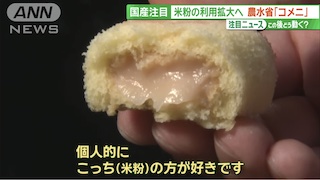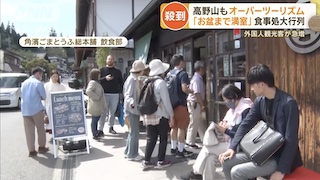TOKYO, Apr 09 (News On Japan) - Red and white miso are not only distinguished by their color and taste but also harbor surprising differences. Despite what many might think, the distinction between red and white miso is more complex than simple color variation.
In Japan, miso soup's flavor heavily relies on the type of miso used. However, not everyone knows the differences between red and white miso. Some believe it involves the use of bean skins, while others feel white miso signifies a more refined, luxurious taste. There's also a common perception that red miso is saltier.
To understand these nuances, we consulted an expert from Marukome, a leading miso manufacturer. The expert revealed that there's no straightforward answer to define red and white miso due to the industry's intricate practices. Miso can be categorized into three main types based on its ingredients: rice miso, barley miso, and bean miso. This classification deviates from the simple red and white dichotomy.
The perception of what constitutes red or white miso varies among individuals. Some might classify a sweet, pale miso as white, whereas others might label a pale but spicy miso the same way, highlighting the absence of a clear-cut definition.
One significant factor differentiating miso types is their fermentation period. Shorter aging results in lighter, paler miso, while longer fermentation leads to a darker hue. This aging process is the actual distinction between what is commonly known as red and white miso.
The fermentation period also influences the flavor profile of miso soups, with longer-aged misos offering a robust taste suitable for certain dishes, while lighter misos pair well with milder ingredients.
Source: ANN










